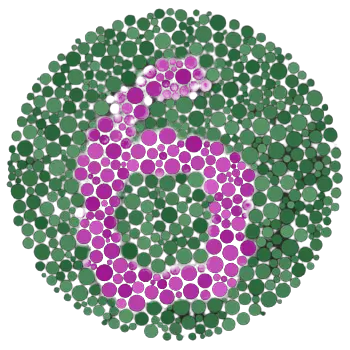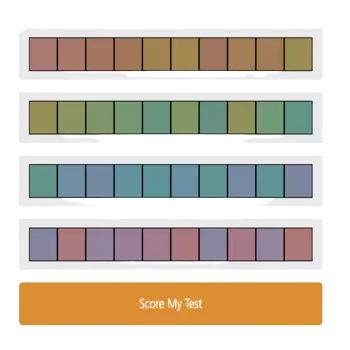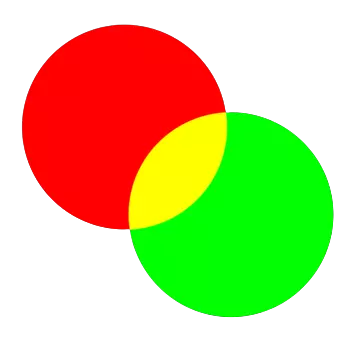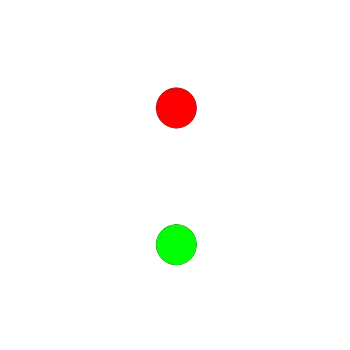Ishihara Test
The Ishihara test is use to check Red Green color blindness. Take this test to check your red green color blindness within a minutes for free.
WHAT IS ISHIHARA TEST?

The Ishihara Test is the most trusted method for checking color vision deficiencies or color blindness, especially red-green color blindness. The ishihara test was introduced by Dr. Shinobu Ishihara, a Japanese ophthalmologist, in 1917, this simple yet powerful test has been used worldwide for over a century to detect color blindness.
The Ishihara Test is a online visual based test made up of specially designed plates (Images) , each covered in colored dots. These dots form a number, pattern, or path that can be clearly seen by individuals with normal color vision, but may appear hidden or distorted for those with color blindness. Each plate is carefully created to test for specific types of color blindness, helping to identify whether a person has a mild, moderate, or severe deficiency of color vision.
WHY THE ISHIHARA TEST IS IMPORTANT?

Color vision plays a vital role in daily life, from recognizing traffic lights to interpreting visual information in education, design, healthcare, and safety-critical jobs like aviation and military service. Early detection of color vision deficiency allows individuals to:
- Make career choices that suit their vision capabilities.
- Understand and manage their condition better in everyday life.
- Find coping strategies or assistive technologies.
ISHIHARA TEST
HOW TO USE THE TEST
To use the test you just need to follow some steps and test will be started easily
Firstly you just need to click on the start test button and then it will scroll you to the test section block
In the test section you will saw images of ishihara plates
You just need to recognize the digit from the image and choose the number in the numpad.
You need to complete the test and result will shown in the modal pop up after test end.
RELATED TESTS
DISCLAIMER
The information provided by this Ishihara color blindness test is intended for general informational purposes only. It is not a substitute for professional medical advice, diagnosis, or treatment. Always seek the guidance of a qualified eye care specialist if you believe you may have a color vision deficiency.
The results of this test are not guaranteed to be accurate or complete and should only be used as a preliminary self-assessment. For an official diagnosis, please consult an optometrist or ophthalmologist.














